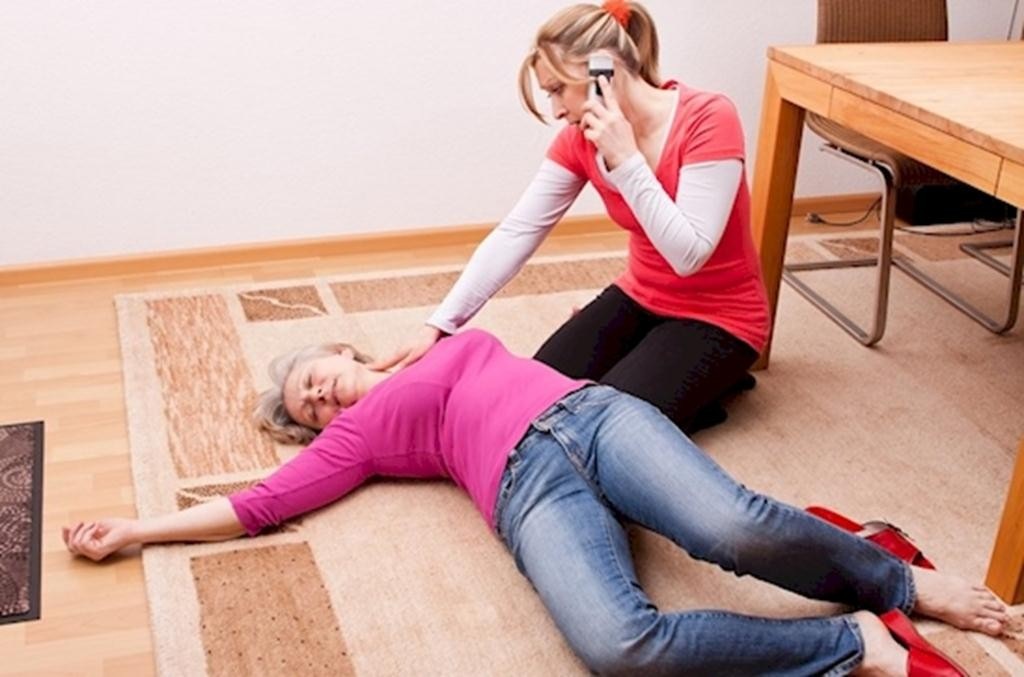
AHA Issues New Guidelines for Performing CPR During Pandemic
The American Heart Association (AHA) has updated its cardiopulmonary resuscitation (CPR) guidelines to protect healthcare providers during the COVID-19 pandemic
The interim guidance was released on January 24, 2022, and advises healthcare providers to wear a respirator, like an N95 mask, along with other personal protective equipment (PPE) like a gown, gloves, and eye protection, when performing CPR on people with a suspected or confirmed case of COVID-19.
The AHA stressed the importance of wearing the appropriate PPE before performing procedures that can produce aerosols like chest compression, defibrillation, bag-mask ventilation, and intubation.1
CPR, what are the guidelines published in the USA?
“In the event initial responders are not already wearing appropriate PPE, they should immediately put on PPE and then begin CPR,” the AHA said in a press release.
“As the science surrounding COVID-19 and variants evolves, healthcare professionals should continue to follow the most up-to-date recommendations from the [World Health Organization], [Centers for Disease Control and Prevention], and their regional health authorities and local institutions.”
The AHA also noted that heart attack survival rates have dramatically decreased during the pandemic, noting that “the reasons for this decline are both unclear and complex.”
Survival of a heart attack “is dependent on early initiation of CPR, including chest compressions as soon as it is safely possible,” the AHA said, adding, “patients with confirmed or suspected COVID-19 should receive the best resuscitative efforts possible.”
ECG EQUIPMENT? VISIT THE ZOLL BOOTH AT EMERGENCY EXPO
Doing CPR immediately can double or triple a person’s odds of survival after a heart attack
CPR helps keep a person’s blood flow active and raises the odds a patient will be able to be successfully resuscitated once trained medical staff is available.
“CPR saves lives and it is important in the midst of a pandemic to ensure that those performing CPR are aware of what PPE will keep them safe during this procedure,” Amesh A. Adalja, MD, a senior scholar at the Johns Hopkins Center for Health Security, told Verywell.
The new guidance raises some questions, including what this means for people who need to perform CPR outside of a medical setting. Here’s what you need to know.
DEFIBRILLATORS? VISIT THE PROGETTI MEDICAL EQUIPMENT SOLUTIONS BOOTH AT EMERGENCY EXPO
How to Do CPR
The recommended form of CPR when an adult or teen suddenly collapses is called hands-only CPR.
This doesn’t involve breathing for someone with rescue breaths.
These are the recommended steps involved in hands-only CPR, per the American Red Cross:3
- Call 911. Or ask a bystander to call for help.
- Kneel beside the person. You want your knees to be near the side of their body and spread shoulder-width apart.
- Place your hands on their chest. The heel of one of your hands should be on the center of their chest and your other hand should be on top. Interlace your fingers and make sure your fingers are hovering off their chest.
- Put your shoulders directly over your hands. Your elbows should also be locked to keep your hands straight.
- Give constant chest compressions. Push hard and fast, pushing in the person’s chest at least two inches with each compression and allowing their chest to rise back up between. You want to aim to do 100 to 120 compressions a minute.
- Keep doing this until help arrives. An emergency medical service technician can take over at that point.
What This Means For You
The AHA’s new guidance on CPR is technically for healthcare workers, but experts say that wearing a well-fitting mask is important if you ever need to perform CPR on someone outside a medical setting.
References:
- Atkins D, Sasson C, Hsu A, et al. 2022 Linee guida provvisorie per gli operatori sanitari per il supporto vitale cardiaco di base e avanzato in adulti, bambini e neonati con COVID-19 sospetto o confermato: dal Comitato per la cura cardiovascolare di emergenza e Get With the Guidelines-Resuscitation Adult and Pediatric Task Forces of the American Heart Associazione in collaborazione con l’American Academy of Pediatrics, l’American Association for Respiratory Care, la Society of Critical Care Anesthesiologists e l’American Society of Anesthesiologists . Esiti Qualifica Circ Cardiovasc . Pubblicato online il 24 gennaio 2022. doi:10.1161/circoutcomes.122.008900
- Associazione americana del cuore. Cos’è la RCP?
- Croce Rossa americana. RCP con le sole mani .
Read Also:
Survive An OHCA – The American Heart Association: Hands-Only CPR Increases Survival Rate
CPR In Pregnant Women: Complications And Studies
What Is The Difference Between CPR And BLS?


